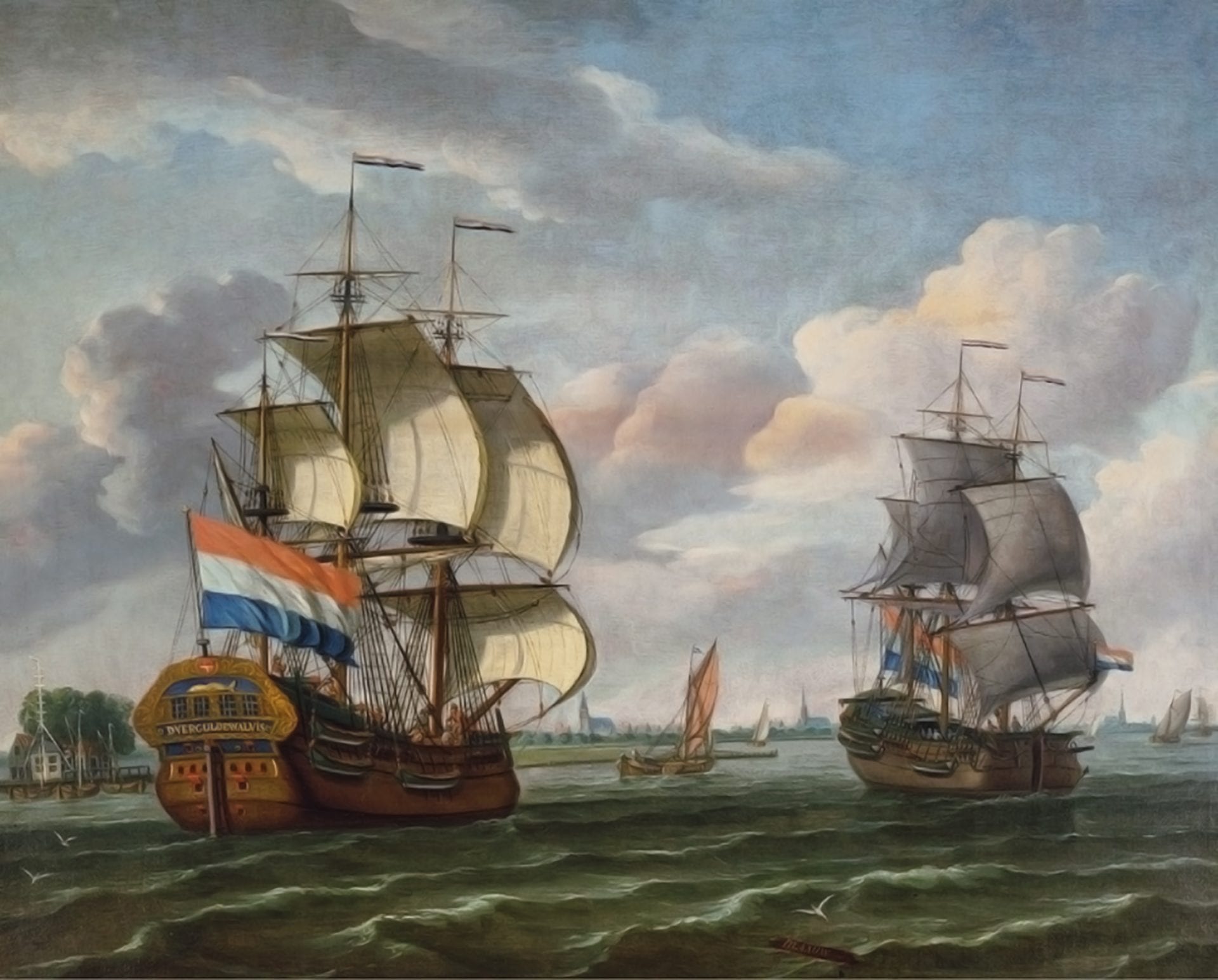De Wind Is Op! Climate, Culture and Innovation in Dutch Maritime Painting
Wattles Family Gallery
Opened: July 2, 2019
Closed: October 1, 2020
These works interpret around the themes of wind, climate and sea as the drivers behind a uniquely Dutch national identity represented in maritime works of art of this period.
Dutch artists arguably invented seascape painting, and were the first to specialize in this genre. Their influence reverberates in all that followed, from the work of J.M.W. Turner to Winslow Homer to New Bedford artists William Bradford and Albert Pinkham Ryder.
The exhibition includes up to 50 paintings, prints, and other related artifacts drawn from the Museum’s Dutch collections, one of the largest and important of this genre outside of the Netherlands. There will also be a complementary exhibition in the fall of 2019 of European and American prints, paintings, and charts related to wind and climate themes.
The sea and seafaring shaped the Dutch collective identity. They were a political entity without precedence, and the art world followed the new cultural and societal models unique to the newly formed Dutch Republic. The Dutch were a dominant superpower in all things maritime, including worldwide trade, military strength, and whaling. They were a world emporium, trading timber, grain, salt, cloth, luxury materials throughout the global waterways.
This was a time of great artistic production to keep up with a high demand for collecting when a baker was as likely to have fine artwork in his home as a banker. The popular taste was for greatly refined compositions, the exquisiteness of detail, and the plausible reality. Dutch openness to innovation allowed them to manipulate their own watery landscapes with dams and wind power and to design ship modifications that maximized successful access to the Northern seas and the dramatic fluctuating climate during the Little Ice Age.
Vulnerability to tidal deluge and to tempests at sea carried moral and nationalistic themes in paintings from this era. These themes and others are the foundation of the exhibition.
Hendrik Snakenburg (Leiden, 1674 – 1750)
The wind lashes the beach, howls fiercely where I stand,
And blows into my face a very sea of sand.
The tide seethes and foams, and gusts of hail are urging
Shoreward the pelted waves, billowing, splashing, surging
So that the brine exceeds all marks and leaves the dune
Hardly sufficient height to rise above the spume.


